Vacuum double glazing provides windows thermal insulation equivalent to standard triple glazing and has up to 8 times better windows thermal insulation than single glazing.
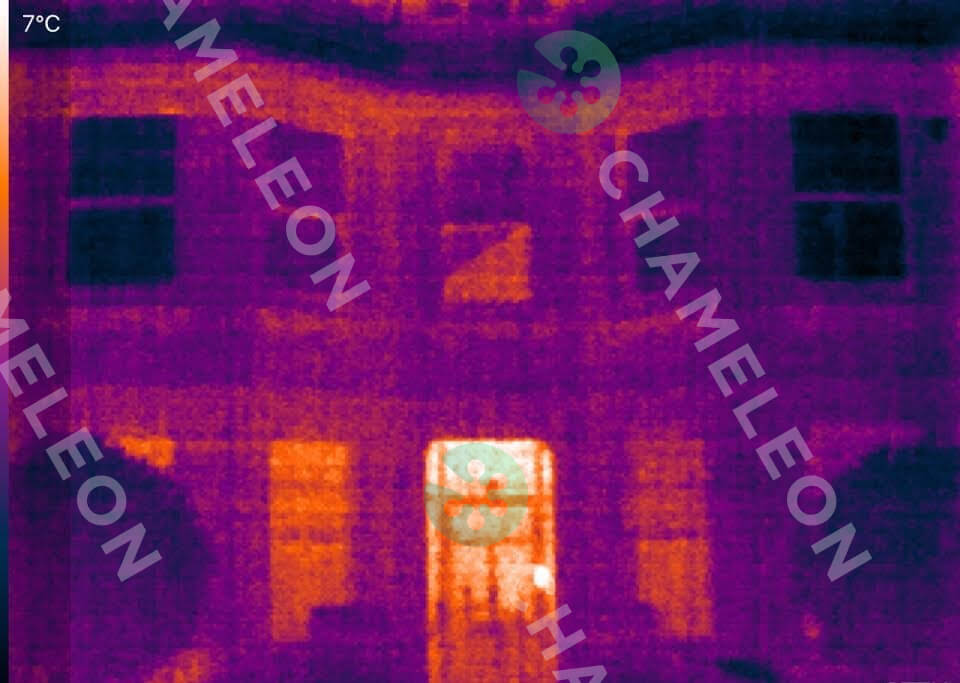
Thermal imaging demonstrates the superior windows thermal insulation of Low-e vacuum double glazing compared to single pane glazing and slimline double glazing. In this article, we use thermal imaging of different window types to show that vacuum double glazing has the best window thermal insulation over other options like single glazing and slimline double glazing.
At Chameleon, making windows more energy-efficient is a core service we provide. By reglazing original wooden windows with VIG glass, we meet two key objectives: preserving the original frames whilst making the period wooden windows as energy-efficient as triple glazing.
Our reglazing service is particularly suitable for those in historic properties wanting to maintain the original character of their windows.
Some of the key benefits include:
For our retrofit service, we use super-efficient Fineo glass with a vacuum seal between the glass units rather than the conventional air or gas filling. The vacuum’s superior heat retention properties mean the gap between the two pieces of glass can be far smaller, making it suitable for use on slimmer profile historic windows.
Using the high-spec thermal imaging camera, we were able to visually assess the window’s thermal insulation of previously retrofitted sash windows. The thermal images clearly displayed variations in surface and material temperature, allowing us to pinpoint heat loss through the glass and frames.
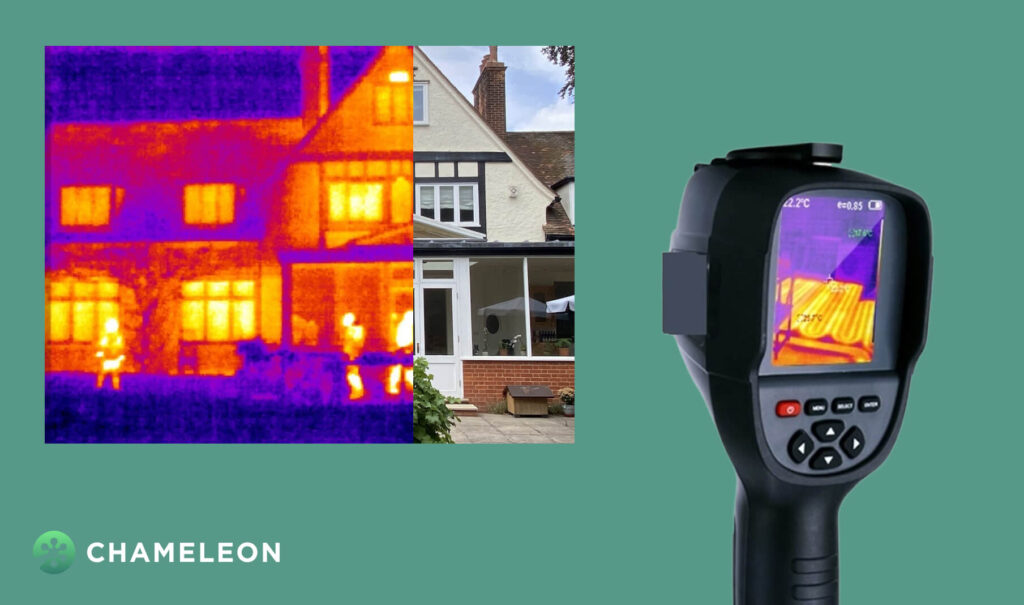
We imaged our own reglazed windows using vacuum-sealed units, comparing them to traditional single-glazed sash windows as well as those retrofitted by competitors using older double-glazing methods. The camera highlighted the superior thermal performance of our vacuum-sealed glazing, validating its significant improvement over single glazing and slimline double glazing in reducing heat transfer and boosting windows’ thermal insulation.
This real-world testing provided tangible evidence that our retrofitting service drastically enhances the windows thermal insulation of traditional sash windows, outperforming dated glazing solutions. The thermal imaging camera proved an invaluable tool for visual confirmation of the window’s thermal insulation benefits of our reglazing with modern vacuum glass units.
These images showcase evidence from one of our completed retrofitting projects in Suffolk. The top window, retrofitted with vacuum-sealed glass, is compared to the ground-floor sash window below it, which remains single-glazed.
The comparison clearly demonstrates the superior thermal performance of the vacuum-sealed double glazing versus the original single glazing.
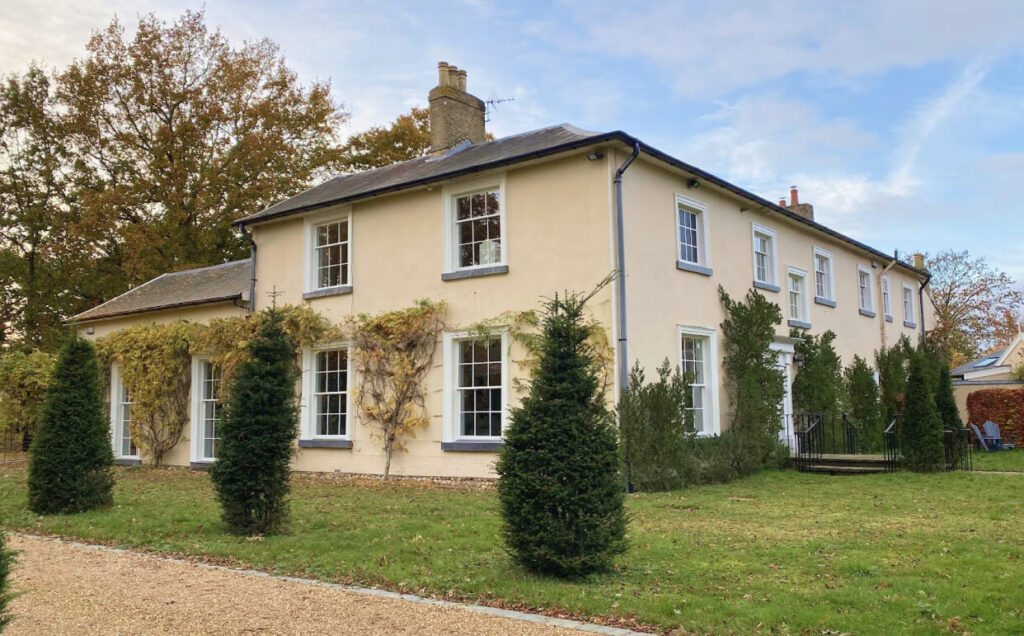

At this Suffolk property, the thermal camera data also reveals another point of interest: the 1st-floor false window on the far left in the picture above.
This false window, which is just a wall from the inside, experiences greater heat loss than our installed vacuum double glazing units (circled in green). The false window only slightly outperforms the single glazing (circled in yellow), which shows a high degree of heat loss.
This comparison further illustrates the superior thermal properties of our vacuum double glazing over both single glazing and an uninsulated false window. The thermal imaging makes it clear our retrofitted units significantly reduce heat transfer.

The image on the far left is a normal camera shot. The central image is a thermal camera shot in colour, and the image on the far right is the thermal camera in black and white.
The darker colours (purples into reds) and brighter intensities signify higher rates of heat loss captured by the thermal camera. Here we can clearly see the bottom single-glazed window emitting a much greater heat signature than the Fineo double-glazed window above it. The black and white thermal image on the right shows almost no heat signature from the retrofitted double-glazed window.
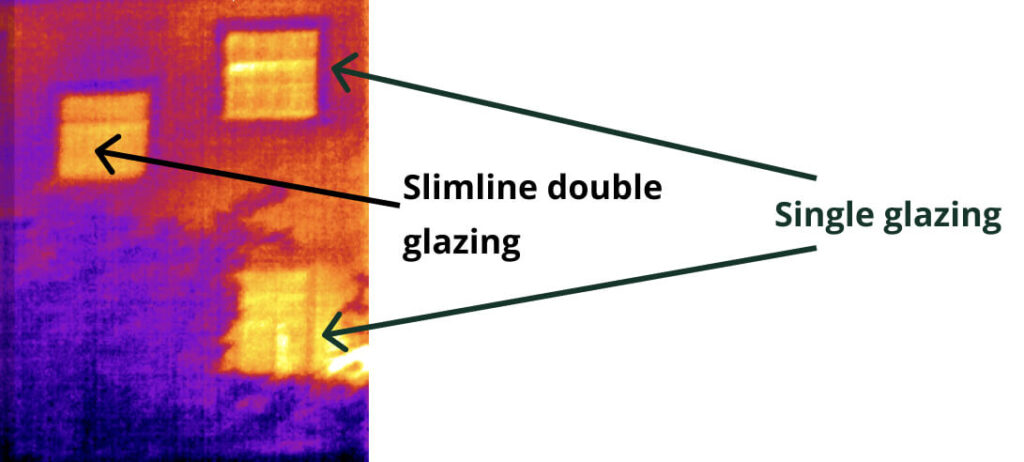
This second image above from the same project shows a window client had retrofitted with slimline double glazing and we can see little noticeable difference between it and the original signal glazed windows.

Here, windows on the first floor were double-glazed by us compared to ground floor windows with single-glazed originals. Whilst showing less contrast than the images from case study 1, we can still see a reduced heat signature in these compared to the originals, and the front door is another example of a single glazed heat source.
The below thermal imaging also shows the windows we worked on compared to those of a property next door, which remained a single glaze. The intense orange glow from their windows contrasts against the low heat signature from the Fineo vacuum-sealed windows on the right-hand side:
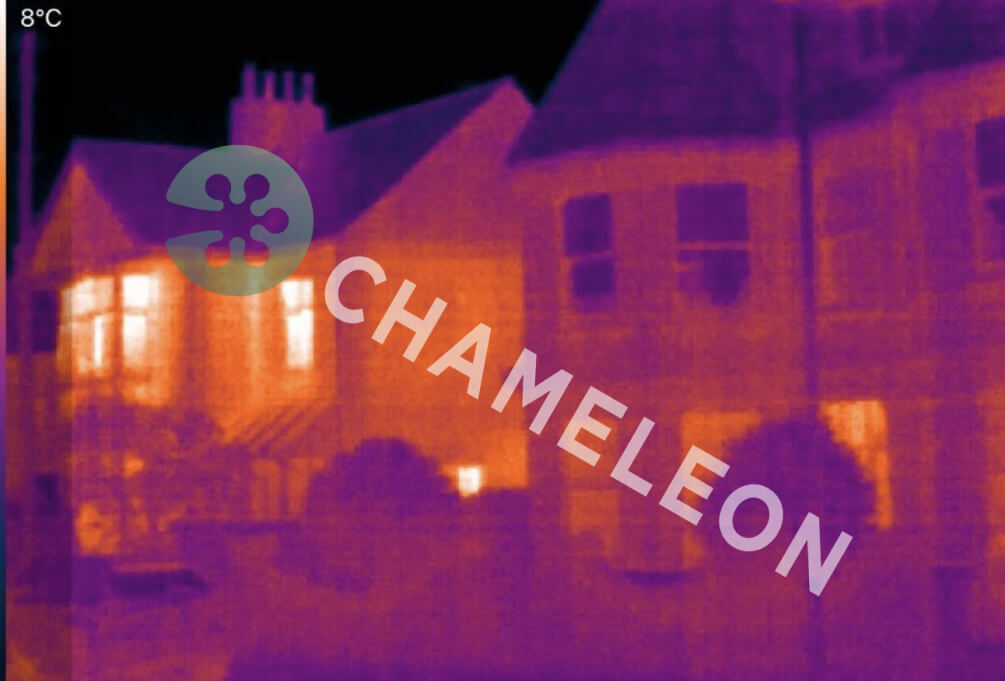
The thermal imaging below, from a completed double glazing project in Cambridge, provides a stark contrast between the vacuum-insulated glass pane of the front door and the surrounding areas.
The door glass pane glows an intense red, clearly displaying a strong heat loss signature, while the neighbouring surfaces show significantly less heat dissipation. This image demonstrates the superior insulating properties of the vacuum-sealed glazing compared to the single pane glassing.
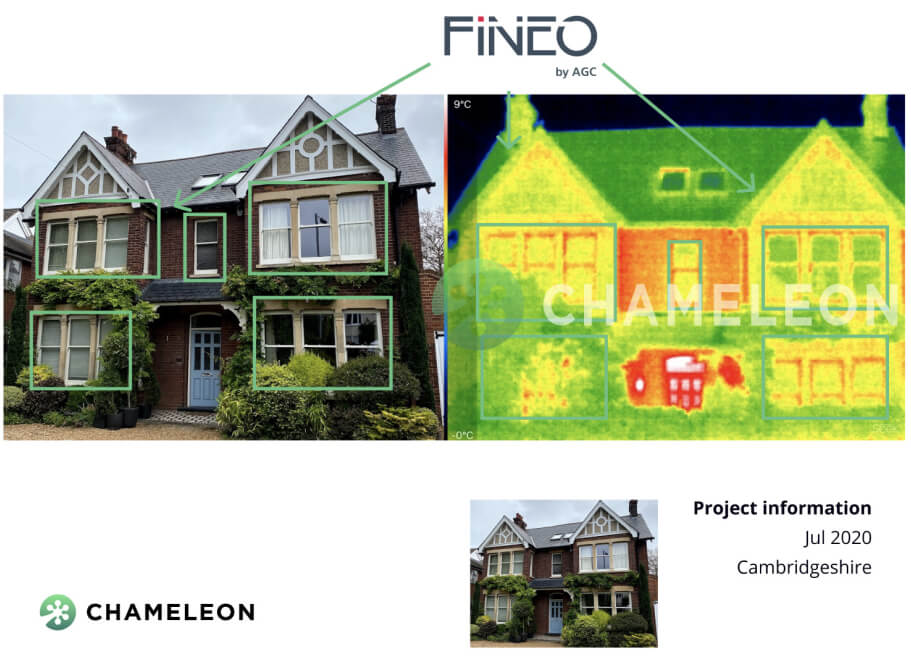
Here also we can see the neighbouring house showing a strong heat loss signature from the windows despite being slimline glazed by another company.
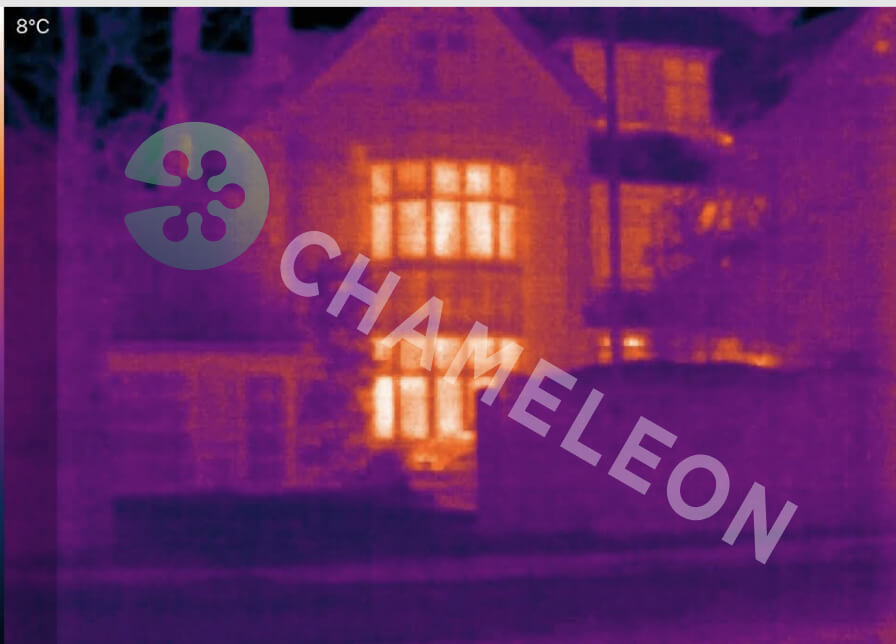
In the thermal imaging below, from our retrofitting projects in Godmanchester, we can see the good thermal properties of the renovated windows with minimal heat signature given off. In this project, we used Pilkington Spacia glass. This is also vacuum-insulated glazing, but it is almost 40% less energy efficient than FINEO glass and also has a visible cap.
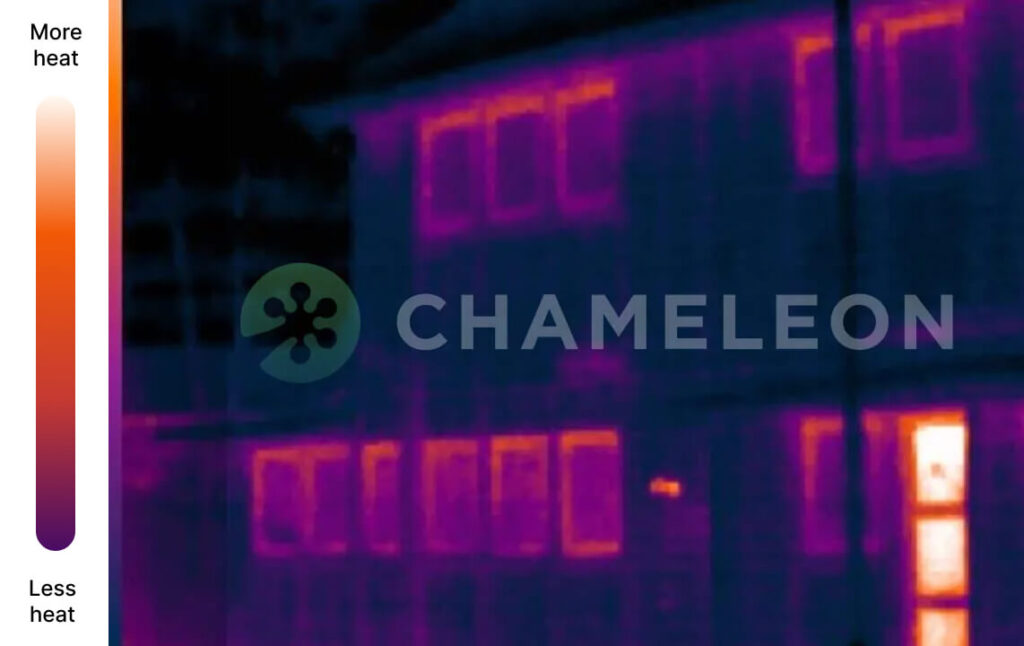
At this property, we restored the wooden window frames, installed draught-proofing seals, and retrofitted Low-e glass vacuum glazing into the existing timber frames.
The thermal images below showcase the significantly reduced heat signatures from the windows following the Fineo installation. This is evident everywhere except the bottom left window, which remained with original single-glazed casements.
The second-floor windows appear dark with purple tones in the right image, illustrating efficient heat retention inside the property thanks to the vacuum-sealed glazing.
Ultimately, this results in a warmer home and reduced heating bills due to the exceptional insulation properties of Low-e VIG glass. No window insulation film or secondary glazing solution can match the superior insulation provided by vacuum-insulated glass (VIG). The vacuum sealing technology used in VIG glass creates a barrier far exceeding the insulation capacity of any applied window film or additional panes of glass.
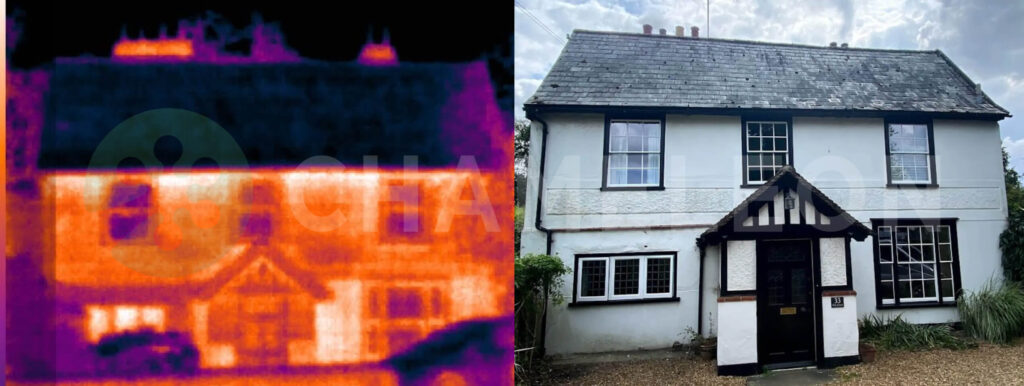
This retrofit job on a beautiful Georgian cottage also shows thermal imaging of double glazing that was recently installed by our team. Interesting to note also the bright glow from the chimney (likely heat from a fire) and the contrast between this and the dark purple colour of the windows on the thermal images:
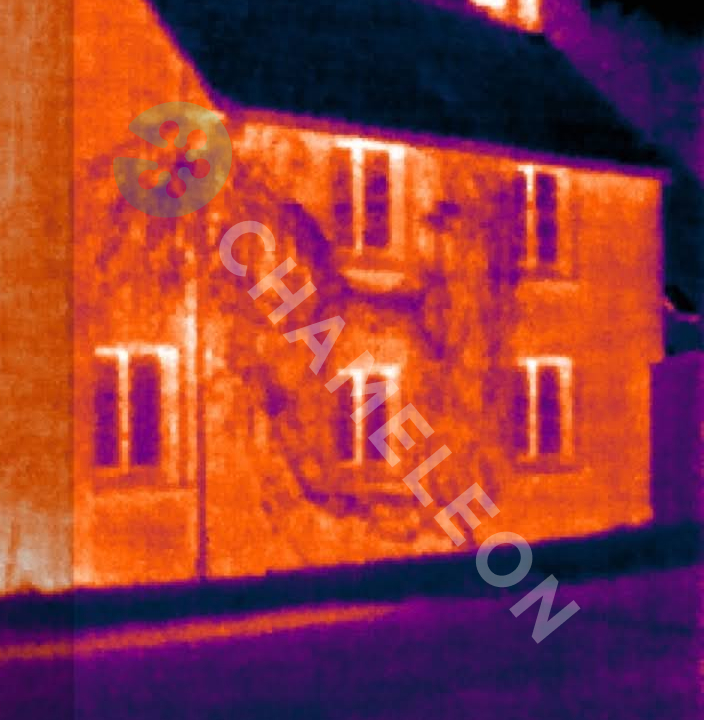
Vacuum double glazing, as further demonstrated by our thermal camera results, remains the best option on the market for sash windows retrofitting projects.
With gains across numerous areas, from thermal efficiency to noise reduction, there are many reasons why historic homeowners continue to choose retrofit double glazing as the solution to their window issues and as the alternative to full windows replacement.
Please don’t hesitate to contact us at Chameleon Decorators & Windows Restoration for a no-hassle quotation from a member of our friendly team.
On average up to 25-30% of your home’s heating and cooling is lost through single glazed windows.
Double glazing retrofitting where the single glazing is replaced with double glazing can reduce heat loss by 74% compared to single glazing.
Much like a bell jar from science experiments with vacuum-sealed windows the air is simply removed (sucked out) from the gap between the glazing, thus creating a vacuum. This is different to the other gas or air-filled systems on the market.